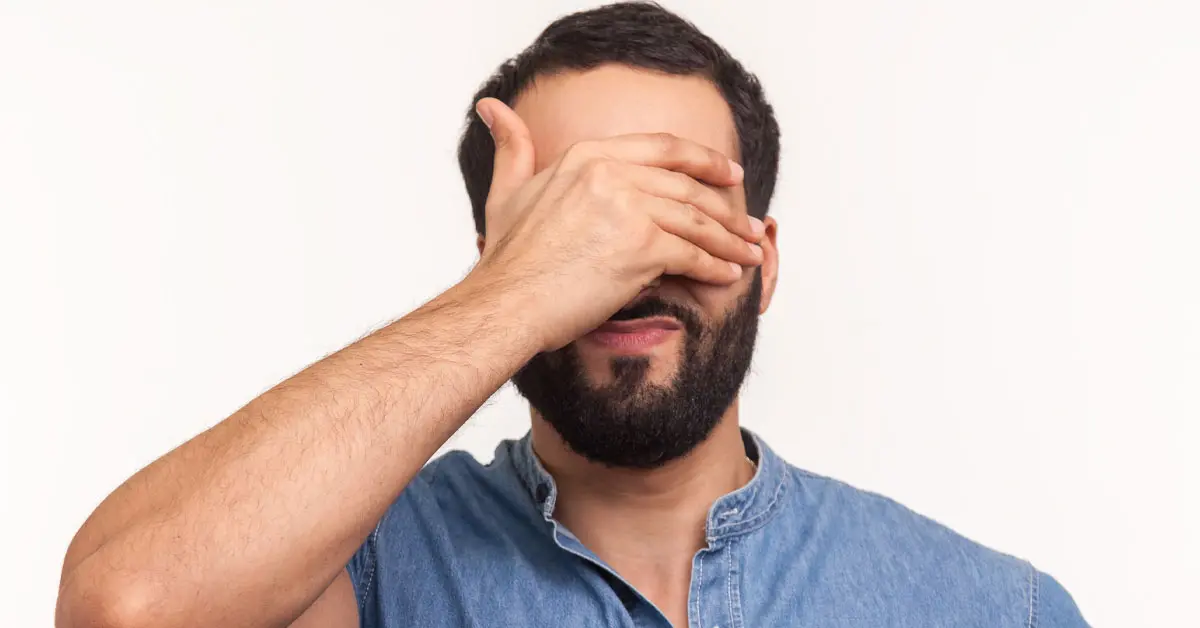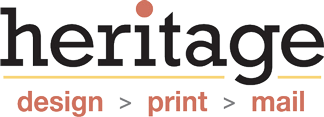How to pick the right paper for your print project: weight, coating and more… what do the numbers mean?

Choosing the right paper for your print project can feel surprisingly overwhelming. With so many choices – like paper weight, paper thickness, coating, colors, brightness, and opacity – it’s hard to know where to start!
First things first. Why paper? Paper is a sustainable, environmentally sound choice that can really make your brand stand out. In this day and age, when the trend is to go “paperless,” customers notice—and value—the impact of a tangible, beautiful printed marketing piece. But, it’s not just about using paper – it’s about picking the right weight, finish, and coating to match your desired result. The wrong choice can make a postcard feel flimsy or a catalog look dull, while the right choice ensures your piece looks professional and feels premium.
In this blog, we explain paper weight, paper thickness, and finishes and share the 5 key questions to ask before starting any print project, so you can choose confidently and make your materials impossible to ignore. If you want to see the options first-hand, request a sample.
Understanding Paper Weight & Thickness
When it comes to choosing paper, two measurements often cause confusion: weight and thickness.
Paper thickness is measured in thousandths of an inch, referred to as “points.” For example, 18pt paper is equal to .018 inches thick. This measurement is most often used when describing different types of cover stock, such as postcards or business cards. A standard business card, for example, is printed on 12-14pt cardstock.
Paper weight, on the other hand, is a little more confusing. Paper weight refers to how heavy a stack of 500 sheets of paper is at a standard size. It’s a way to describe the thickness and the sturdiness of the paper (not simply the weight of one sheet).
To complicate things further, some places also refer to paper in GSM (grams per square meter). This is an international standard, but in the U.S., you’ll usually see pounds used.
Bond vs. Text
Bond and text aren’t interchangeable, but people often get tripped up because they can refer to the same paper in different systems. For example, 20 lb. bond is roughly the same as 50 lb. text. Bond is usually used for office papers like letterhead or copier sheets, while Text is used for higher-quality printing like books and brochures.
Here’s a quick reference guide for paper weight:
| Bond/Text Weights | Cover Weights |
| 20-24 lb. bond (≈ 50-60 lb. text) Best for: Letterhead, internal documents Feel & Finish: Lightweight, everyday use | 65 lb. cover Best for: Catalogs, magazine covers Feel & Finish: Sturdy in coated or uncoated |
| 70-80 lb. bond Best for: Flyers, brochures Feel & Finish: Durable, yet still affordable | 80-90 lb. cover Best for: Postcards, brochures Feel & Finish: Versatile and impactful for direct mail |
| 100 lb. text Best for: High-end brochures, inserts Feel & Finish: Substantial, premium feel | 120 lb. cover Best for: Pocket folders Feel & Finish: Built for durability |
Pro tip: Don’t always assume heavier is better. Heavier stock can feel luxurious, but it may increase costs – especially for mailing. Consult an expert for help in choosing the right paper for your project.
How Opaque Should Your Paper Be? The Role of Opacity.
Opacity (or paper transparency) is another paper quality to consider. Some papers, such as the cardstock used for postcards, are 100% opaque; when you look at it, you can’t see through to the other side. Vellum and tracing paper on the other hand are much more transparent. Opacity ranges from 0 (completely sheer) to 100% (can’t see through it at all). If you’re working on a two-sided project, you’ll want paper that won’t show through to the other side, so it will be important to choose something on the higher end of the opacity range.
Paper Coating Types – Gloss, Matte, Satin and Beyond
The coating you choose for your paper does more than change the look of the piece – it also impacts how it feels in your recipient’s hands. The right finish can make colors pop, add a sense of elegance, or perhaps the most important consideration, protect your piece during mailing and handling.
Gloss Coating
- What it is: A shiny reflective finish that enhances color vibrancy and sharpens images.
- Best for: Marketing Collateral, postcards, and catalogs with photos or bold graphics.
- Why use it: It grabs attention and makes designs feel energetic and modern.
Matte Coating
- What it is: A smooth, non-reflective finish with a soft, muted effect.
- Best for: Text-heavy brochures, professional reports, or any piece meant to feel sophisticated.
- Why use it: Reduces glare, feels elegant, and makes content easier to read.
Silk/Satin Finish
- What it is: A finish that falls between gloss and matte – smooth but not overly shiny.
- Best for: Corporate brochures, booklets, and catalogs where balance is key.
- Why use it: Offers a professional look while maintaining good readability.
Want to feel the difference yourself? Request a Sample.
Protective Paper Coatings for Durability
Beyond the finish, protective coatings add another layer of quality and durability for those print projects that require it. But, there are a few different coatings to consider:
Varnish
- What it is: Applied during the printing process and can be spot-applied or cover the whole piece.
- Best for: Highlighting logos, images, or areas of emphasis.
- Why use it: Adds subtle protection and visual interest without extra cost.
Aqueous Coating
- What it is: A water-based coating applied to the entire piece.
- Best for: Direct mail, brochures, and materials that will be handled often.
- Why use it: Provides a durable, eco-friendly finish that resists fingerprints and scuffing.
UV Coating
- What it is: A coating cured instantly with ultraviolet light for a super-high-gloss finish.
- Best for: Premium postcards, catalogs, and presentation pieces.
- Why use it: Creates the most luster, feels premium, and stands up to heavy handling.
5 Questions to Ask Before You Print
- How will this piece be used? (mailed, handed out, left-behind)
- How important are vivid colors and sharp images for this project?
- What impression do you want to leave? Luxurious, eco-conscious, budget-friendly?
- Will this piece withstand a lot of handling?
- How will paper weight affect mailing costs and logistics?
Paper isn’t just the surface your design is printed on – it is part of the experience. If you’re not sure how to answer the 5 questions above, we’re here to help. Contact Heritage Printing today, and we’ll walk you through the selection process for a beautiful finished product!
Want to see the differences for yourself? Testing is always a smart move.
